A mind map is an analytical tool or diagram used to represent words, ideas, tasks, and other items linked to and arranged radially (outwardly) around a central keyword or idea using images, text, shapes, and lines.
It breaks down a single concept into multiple components, which can be analyzed individually.
Planning, data presentation, information gathering, note-taking, and other analytical processes require brainstorming for ideas, capturing information, and relaying it comprehensively and easily internalizing. These maps are effective in achieving this. In addition, since they are analytical and artistic, they help in utilizing a part of the brain known as the “Thinking cap,” which is divided into two hemispheres that perform intellectual skills (cortical skills) such as logic, lists, numbers, rhythm, Gestalt (overview), word and lines and analytics on one side and imagination, color, creativity and daydreaming on the other. Each map utilizes a concept known as “radiant thinking,” which allows you to explore a single concept using a non-linear approach.
The key characteristics are:
- Single central topic: Each has a main idea from which other concepts and ideas stem. The central topic is represented as an image.
- Expansive tree structure: The central topic branches into other key concepts and ideas with subsets and grows to form a tree-like structure. Each secondary concept is a “branch” of the main concept, and subsets of the branches form the “twigs” of the map. Branches are more important concepts than twigs.
- Keyword focused: Each branch is labeled with one or two keywords to represent the idea or information in that branch.
Productive Templates
The use of templates is recommended when making maps as they are versatile and adaptable and can therefore be edited in case of changes without having to create new ones from scratch. You can download such templates from below and customize them to suit your unique needs. They are free and professionally designed to suit different uses.
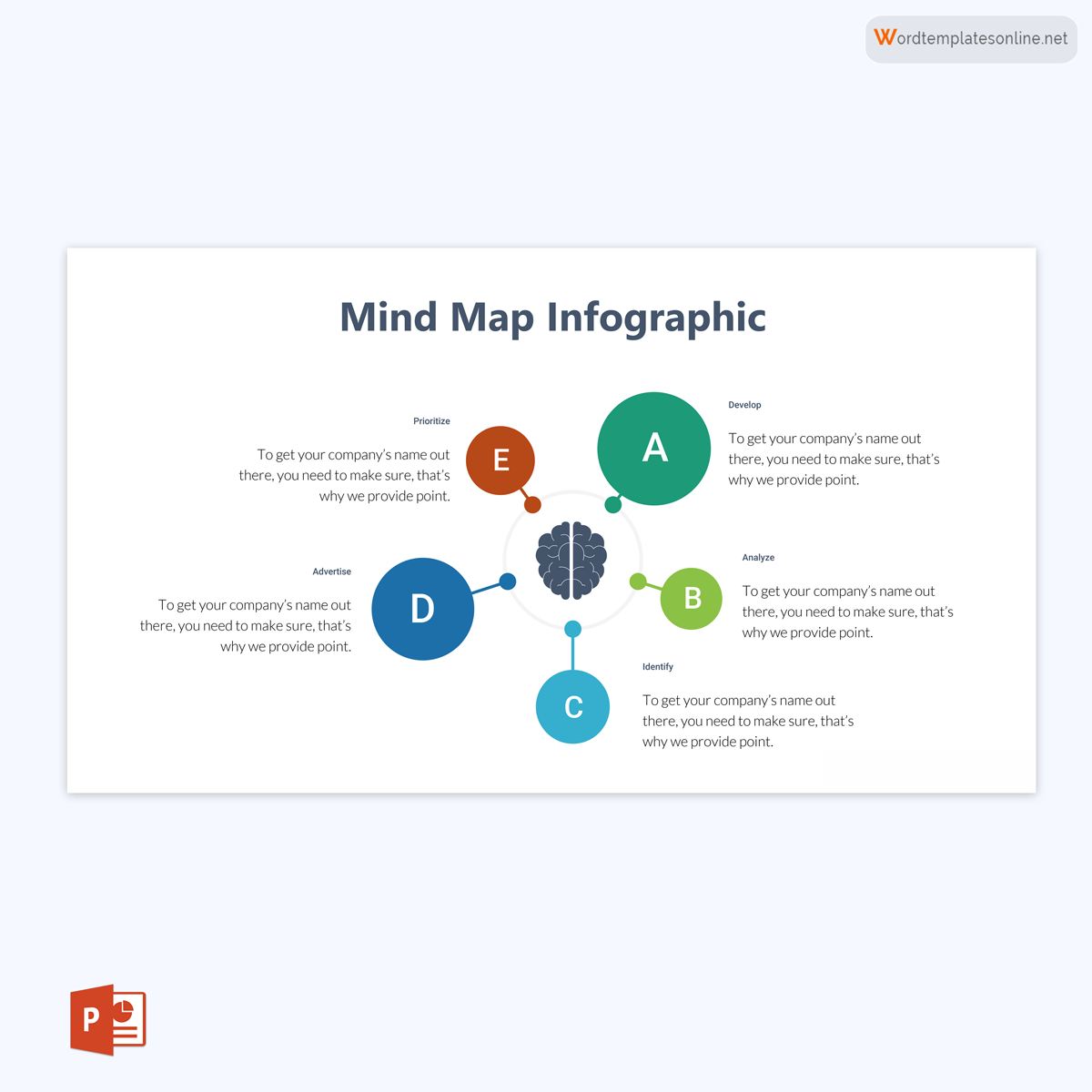
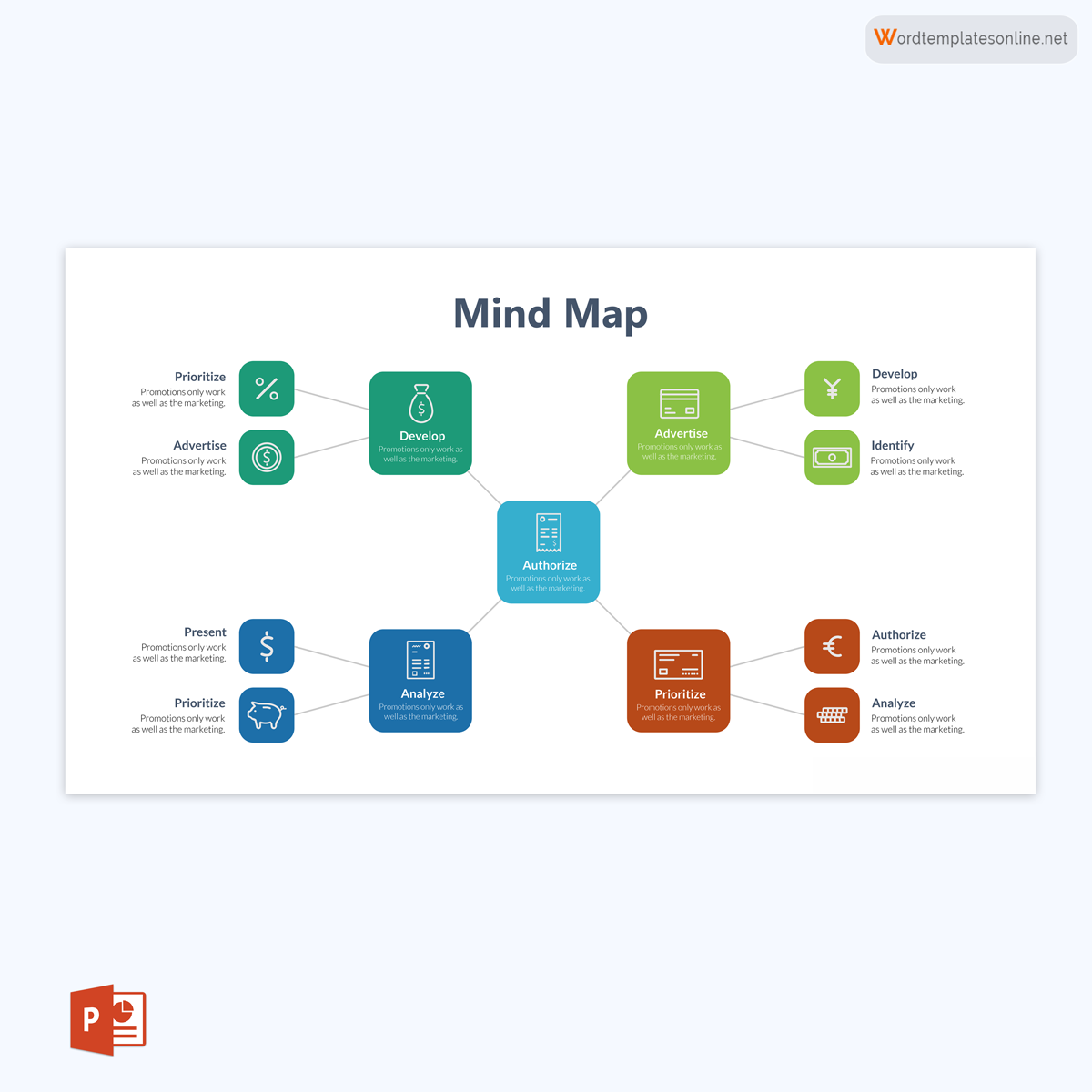

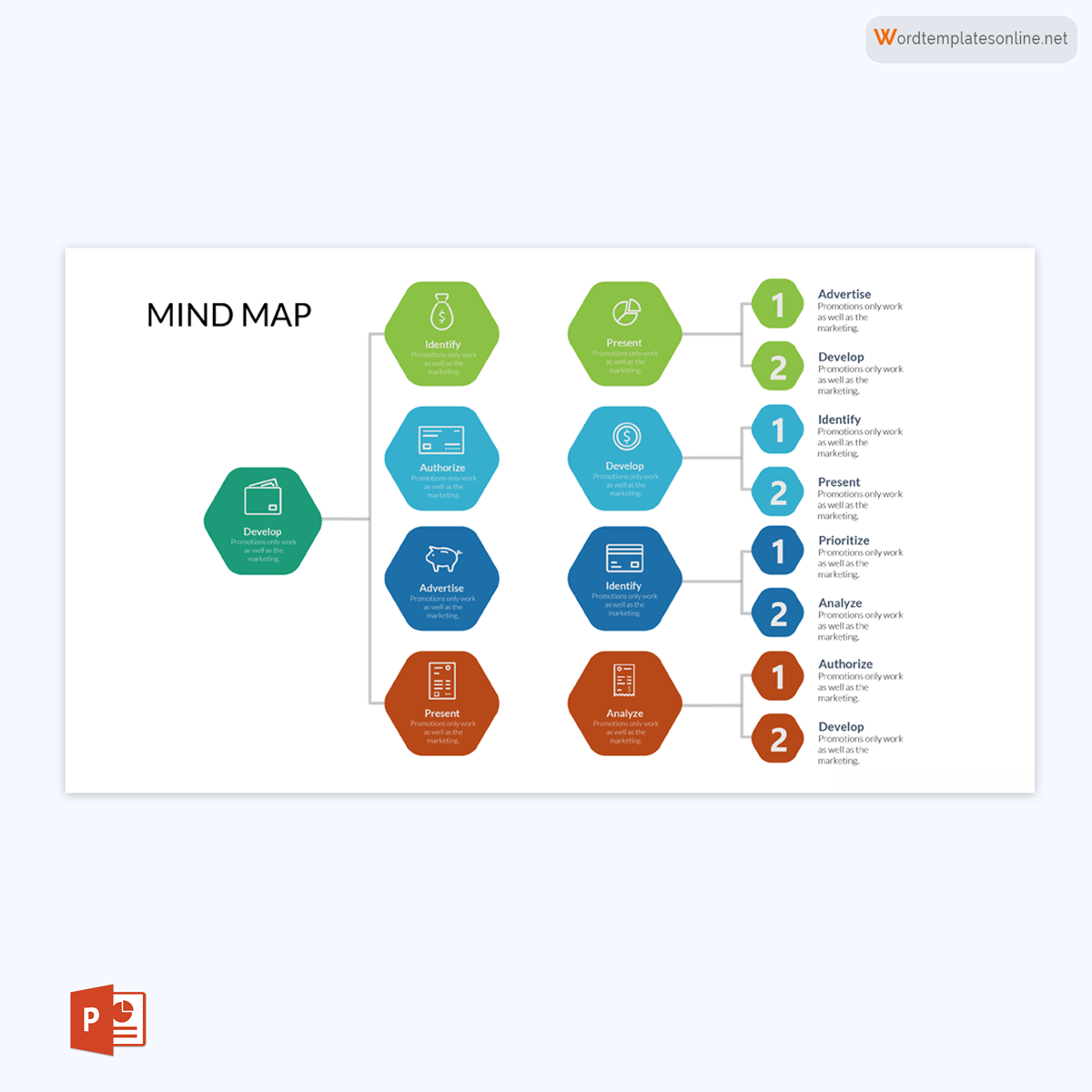
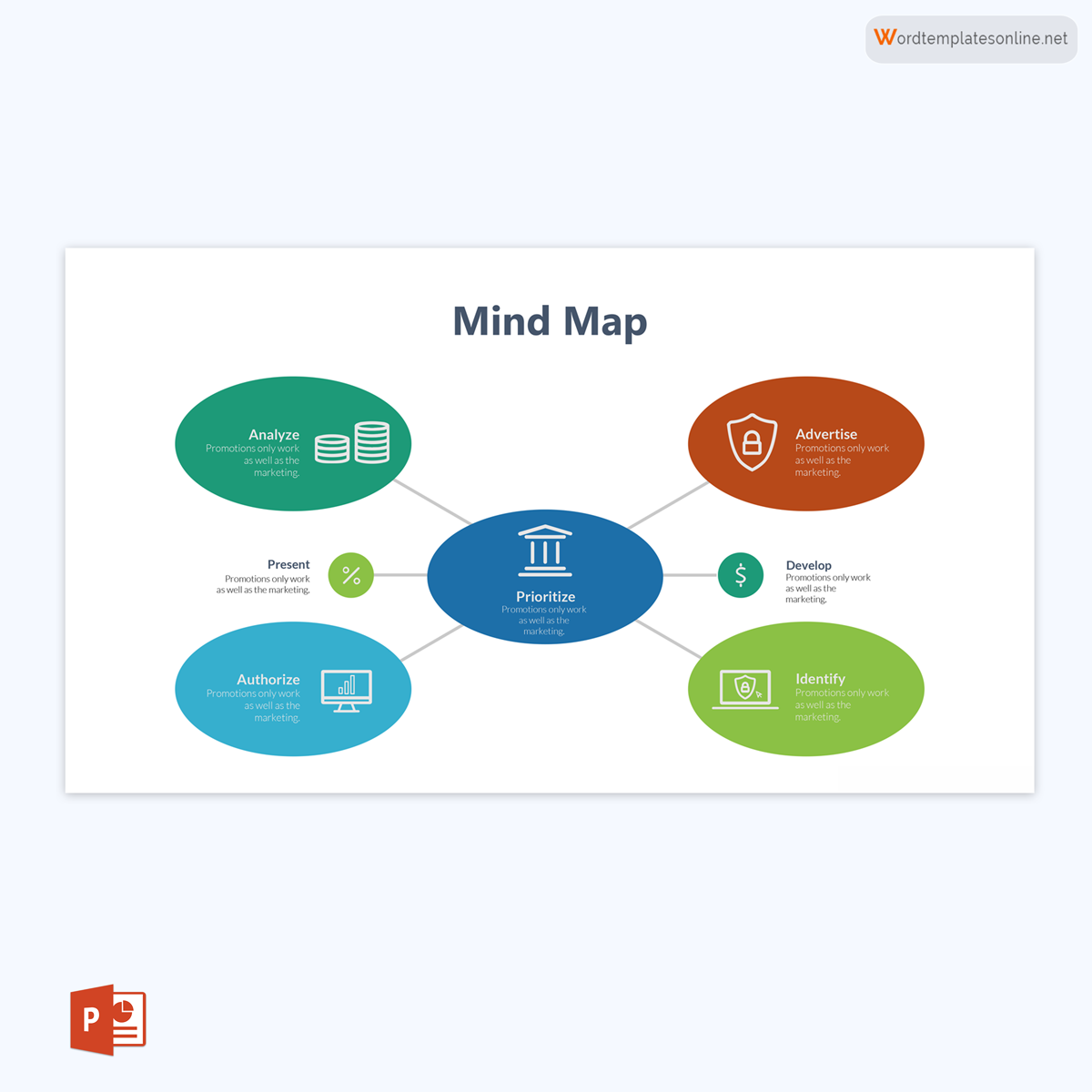

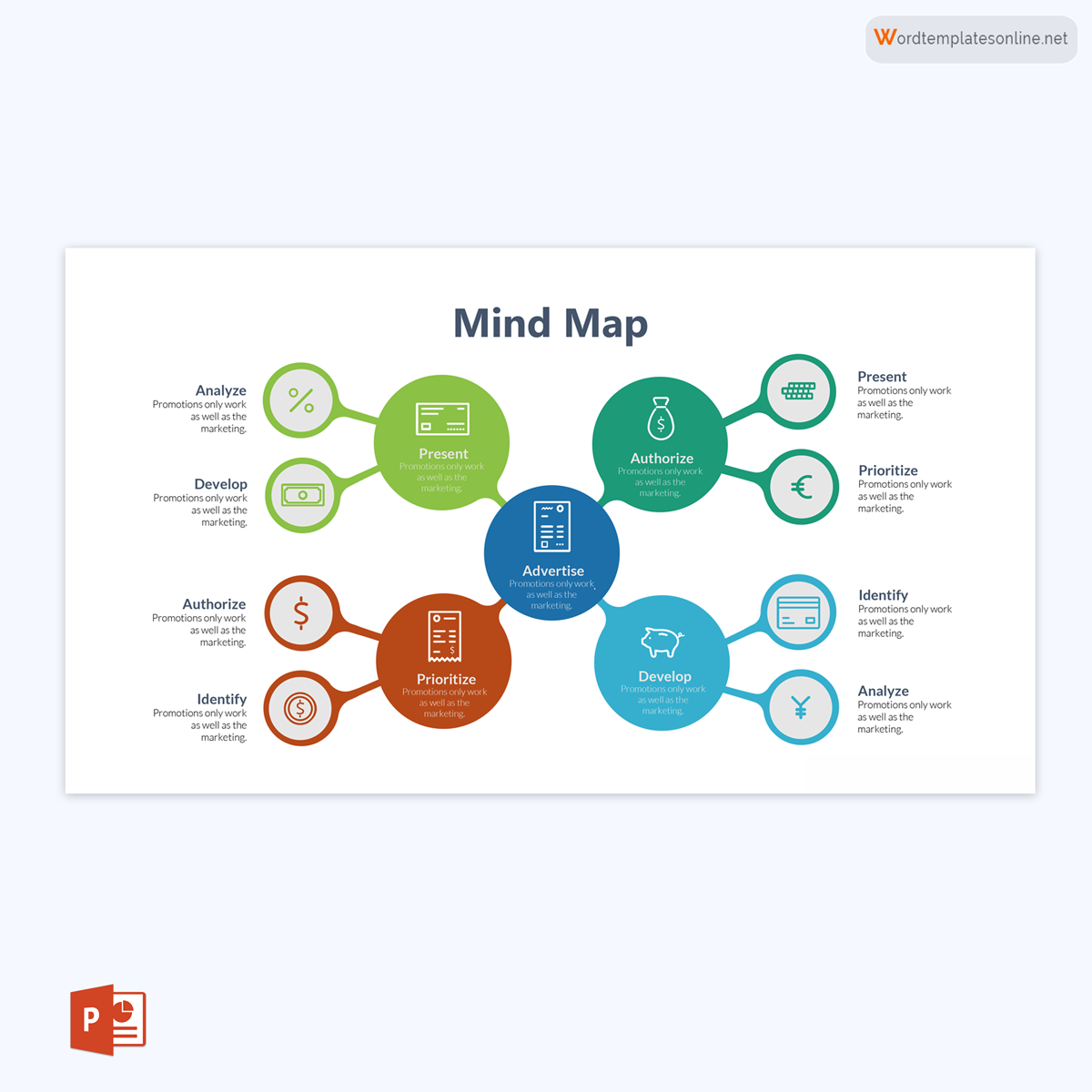
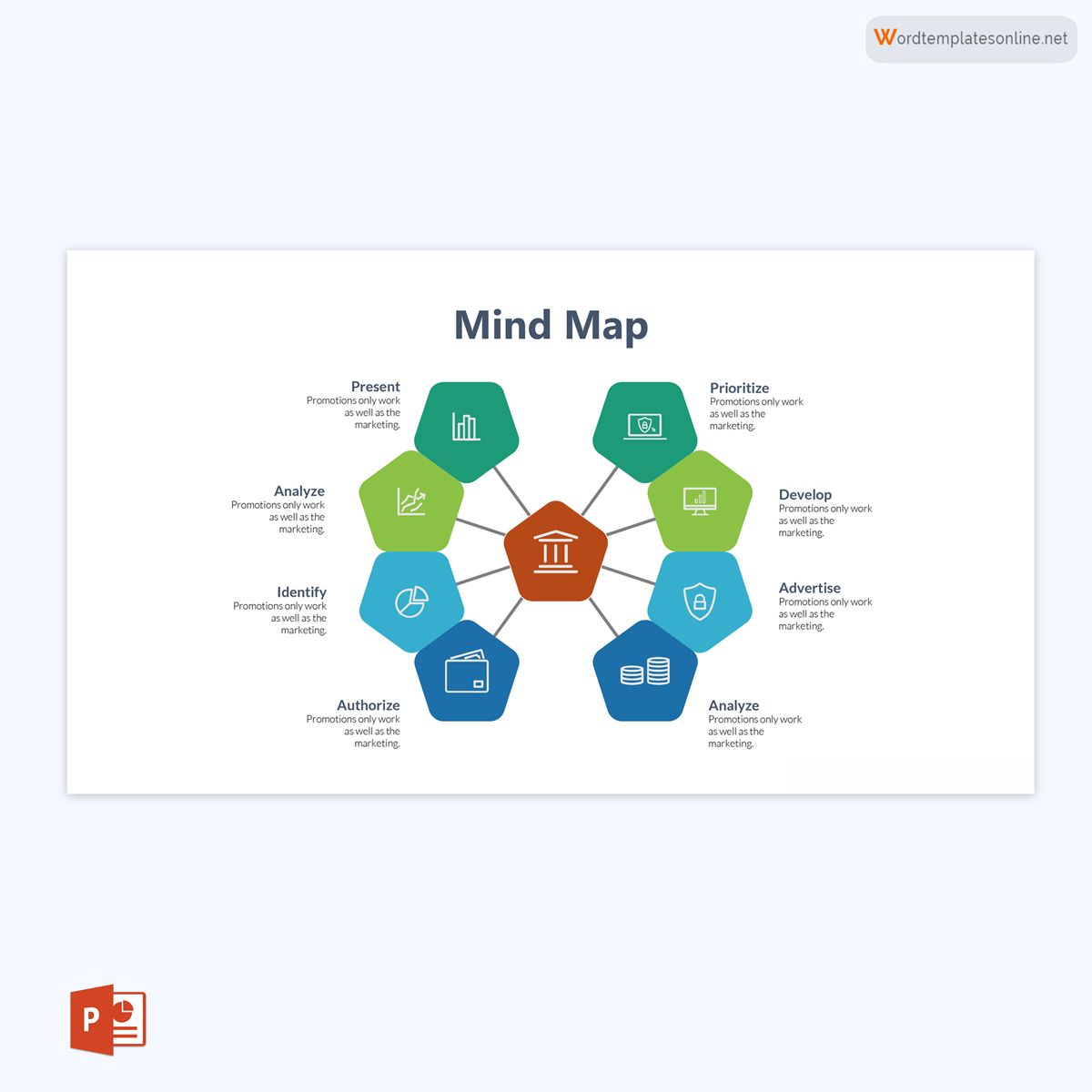

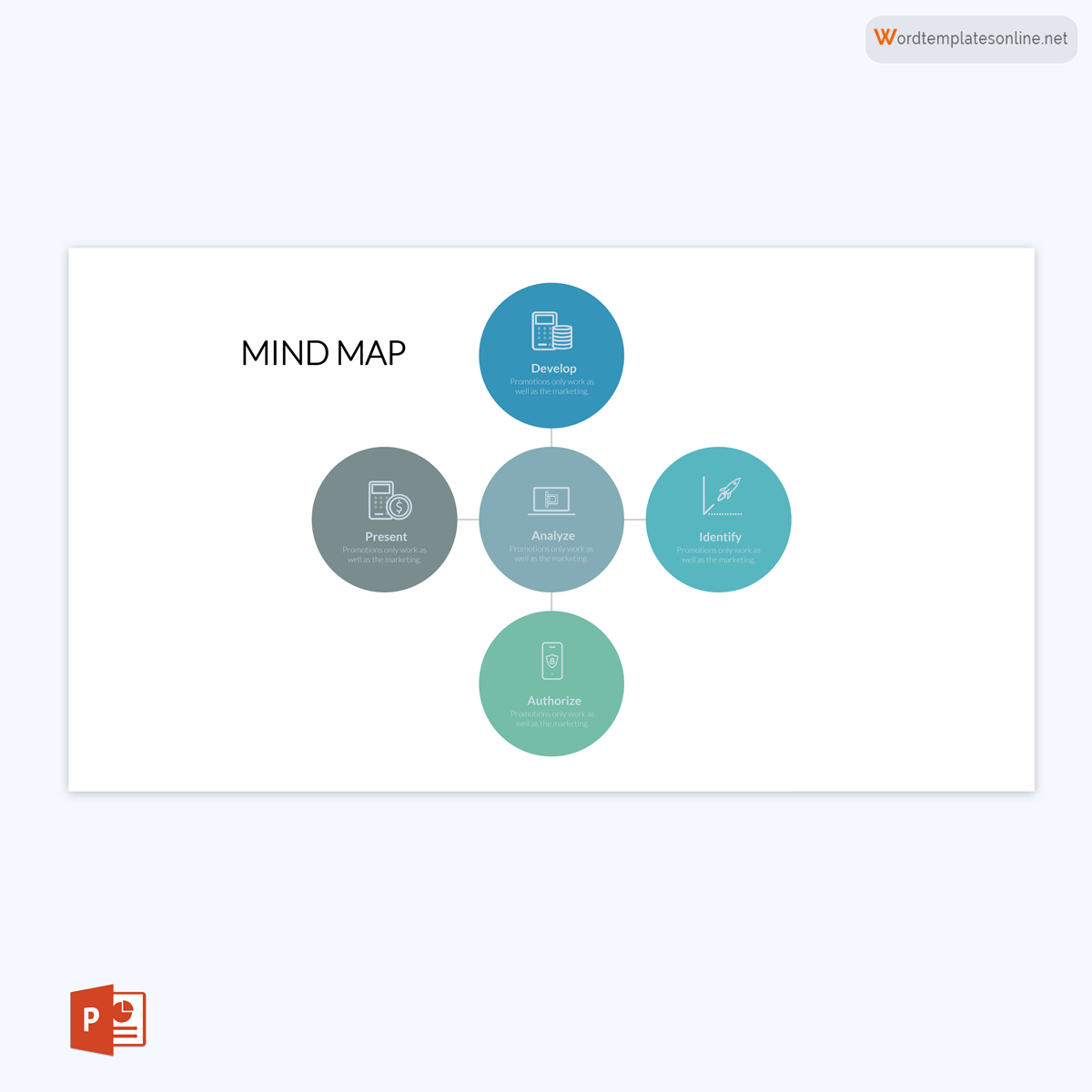
How to Draw a High-Yield Map
A mind map is a simple tool that is easy and fast to create. It can be drawn on paper, on whiteboards, or on software tools.
Below is a procedure for creating them in a few steps:
Make preparations before you start drawing
Before creating a map, you need to be well-prepared for what the map will contain. This will include research on the particular topic, outlining any ideas associated with the topic, noting down existing knowledge on the topic in a separate sheet, allocating enough time for analyzing the topic, and setting goals for carrying out the exercise. Reviewing existing knowledge gives you a starting point and background information to develop associations between concepts and ideas.
Determine the main idea or central image
Next, take your paper, whiteboard, or template and write down the main topic at the center of the page. It is not rigid as flow charts, and therefore you need to have enough space around the central idea to input information as you analyze the concept. It is recommended that the page be landscape-oriented to have a broader reach.
Develop sub-topics
Once the central idea or concept has been written down, add the concepts and ideas you associate with the central idea and link them to the idea using lines. These sub-ideas form the branches and are collectively referred to as Basic Organizing Ideas (BOIs) as they represent the first-level associations.
Write down keywords associated with the BOIs
After creating the branches, condense, simplify and capture the sub-topics (BOIs) in keywords of one or two words to represent the idea behind each branch.
Repeat the process
Next, repeat the process of creating new ideas and concepts for the BOIs. Connect each new subtopic to the associated BOI and add an informative keyword. It can expand as much as needed or seen fit.
Review and revise
Lastly, review the created map, organize and revise as seen fit. Analyze how the information connects and categorizes the most important branches. Number the branches, a hierarchical order can be used based on importance. It can be redrawn, and associations have to be revised.
What Can We Use them For
Mind maps are used by professionals, creative designers, students, productivity experts, and teachers. They are therefore common tools in different sectors such as technology, education, business, government, and non-profit. However, the primary use is to visually mimic the brain’s thought process when analyzing, interpreting, and generating ideas and concepts.
In education, teachers will use mind maps to improve their presentations and ensure their students are mentally engaged during lectures and classes. Using mapping also helps make lectures more engaging and interesting to students.
Students also benefit from it when they use them to take notes during lectures, from book reviews and when preparing notes for presentations. This way, they are able to grasp complex topics and concepts and note them down in a visual and easy to comprehend manner.
In business, these are used to assist managers, team leaders, and their team members conceptualize the bigger picture when undertaking projects.
They are also useful tools in the design stage of strategic plans. They assist strategists to focus on key issues surrounding a strategy without being too organized or linear before they can organize the concepts into wholesome, fully implementable strategies. This way, it is easier to manage projects by having all the processes and tasks listed on a map while showing how they are interconnected.
These maps are also common in the technology industry. Developers use mapping to generate ideas and concepts during the brainstorming stages that can be used to develop software that meets their objectives. This information is retained and can be recalled through associations to improve the software’s functionality.
Due to their ability to simplify complex ideas, they are essential tools for creating outlines for research projects and consolidating findings before writing project reports and presentations. Students are well-known users of mapping for different educational purposes.
Below are different scenarios where students commonly use them, along with associated procedures for using them:
Making notes from books
Extensive reading is a part of every student aiming to learn as much as possible. This involves reading a lot of published works from different sources. It can be the best tool to take notes while reading as it does not require students to record information in a specific rigid sequence.
To use it while reading, follow the steps below:
- Determine how long you want to read each book, journal, or website.
- Go through the document and highlight the BOIs under the topic of the book.
- Establish the purpose for reading the text and set your reading goals to align with the purpose.
- Note any background information you have on the topic and note down associated concepts and thoughts in a separate document.
- Do an overview of the document. Go through the summary, chapters, headings, and other main categories of the text.
- Do a preview of the document by reading the beginning and end of each chapter.
- Read the entire document while noting key points.
Making notes from lectures
Lecturers will often discuss so much in a lecture that it might be difficult to grasp and note down word by word without missing important information. Students thus use it to be able to take down notes while listening to the lecturer so as not to miss key information. The BOIs of a map used for taking notes during a lecture can be obtained from the course outlines or the chapters/headings of the topic being discussed.
A student can therefore do the following to make notes from lectures:
- Review the course outline and lecturer’s notes to generate the BOIs before the lecture begins.
- Listen to the lecturer while noting keywords associated with topics, concepts, and ideas.
Making notes for essays or presentations
Another scenario where this mapping is helpful to students is when making notes for presentations and essays. In this scenario, students use maps to generate and record key concepts, ideas, and thoughts to be incorporated in the essay or presentation.
They can be prepared using the following procedure in such a situation.
- Note down the key central idea on a paper or tool.
- Develop your BOIs from subtopics under the main topic.
- Brainstorm, then generate as many keywords as possible and note them down as branches of the map. For a presentation, keywords should signify the themes to be discussed.
- Organize the branches by numbering them in the order they are going to be discussed or written.
- Create separate maps for different sections of the essay or presentation.
- Review and revise the map(s). Rewrite difficult sections of the essay or presentations that were not comprehensively created.
- Use symbols to indicate where visuals will be used if it is meant for a presentation.
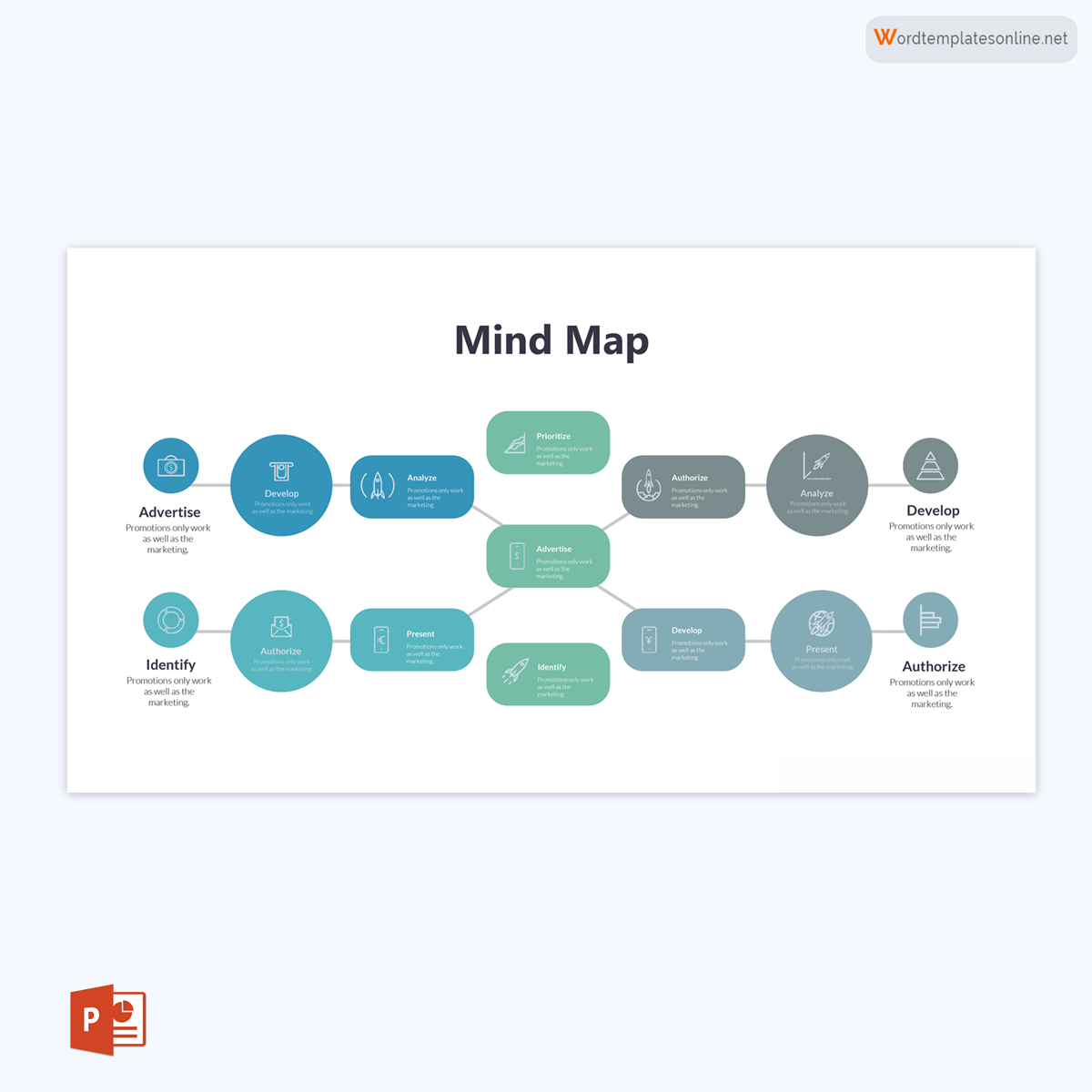
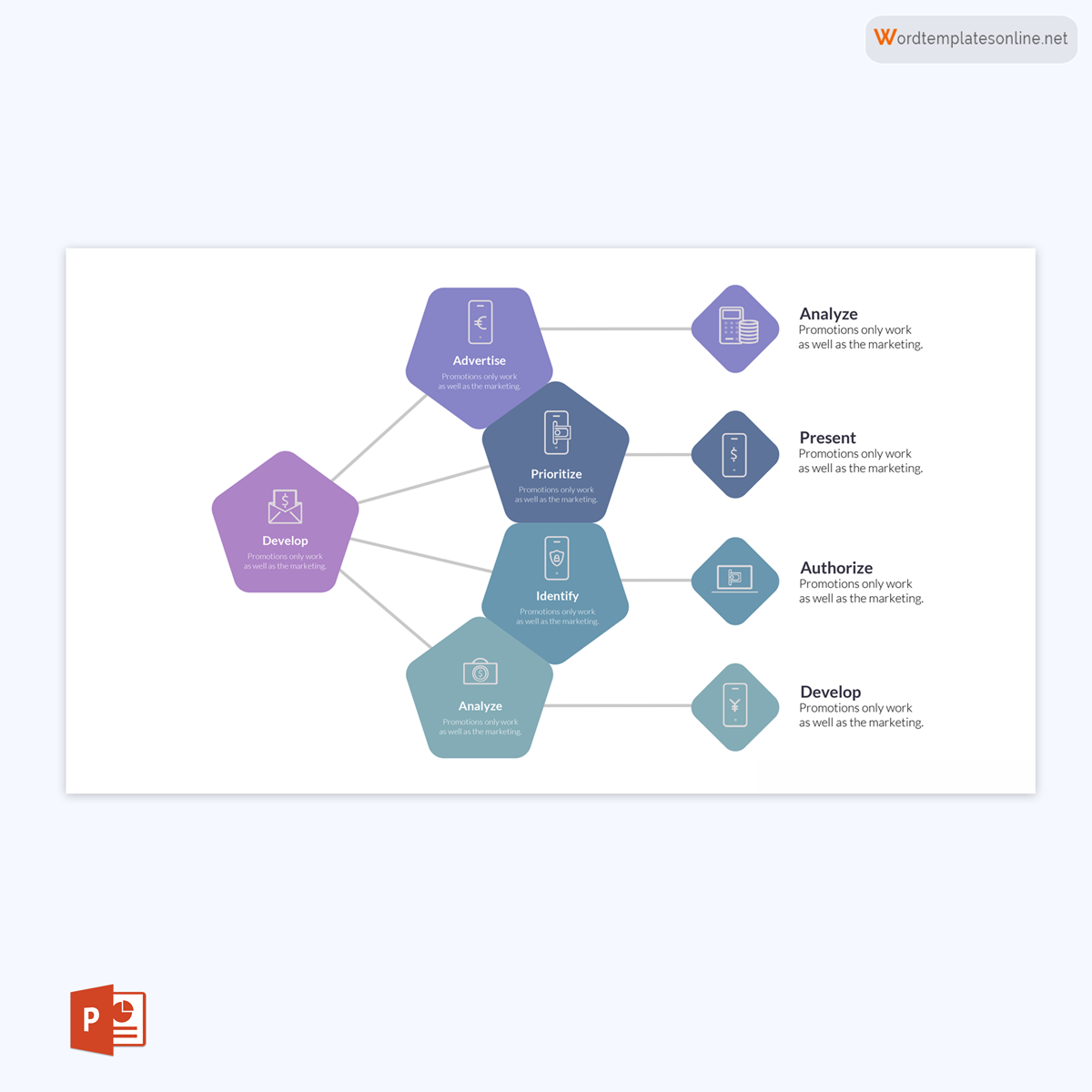
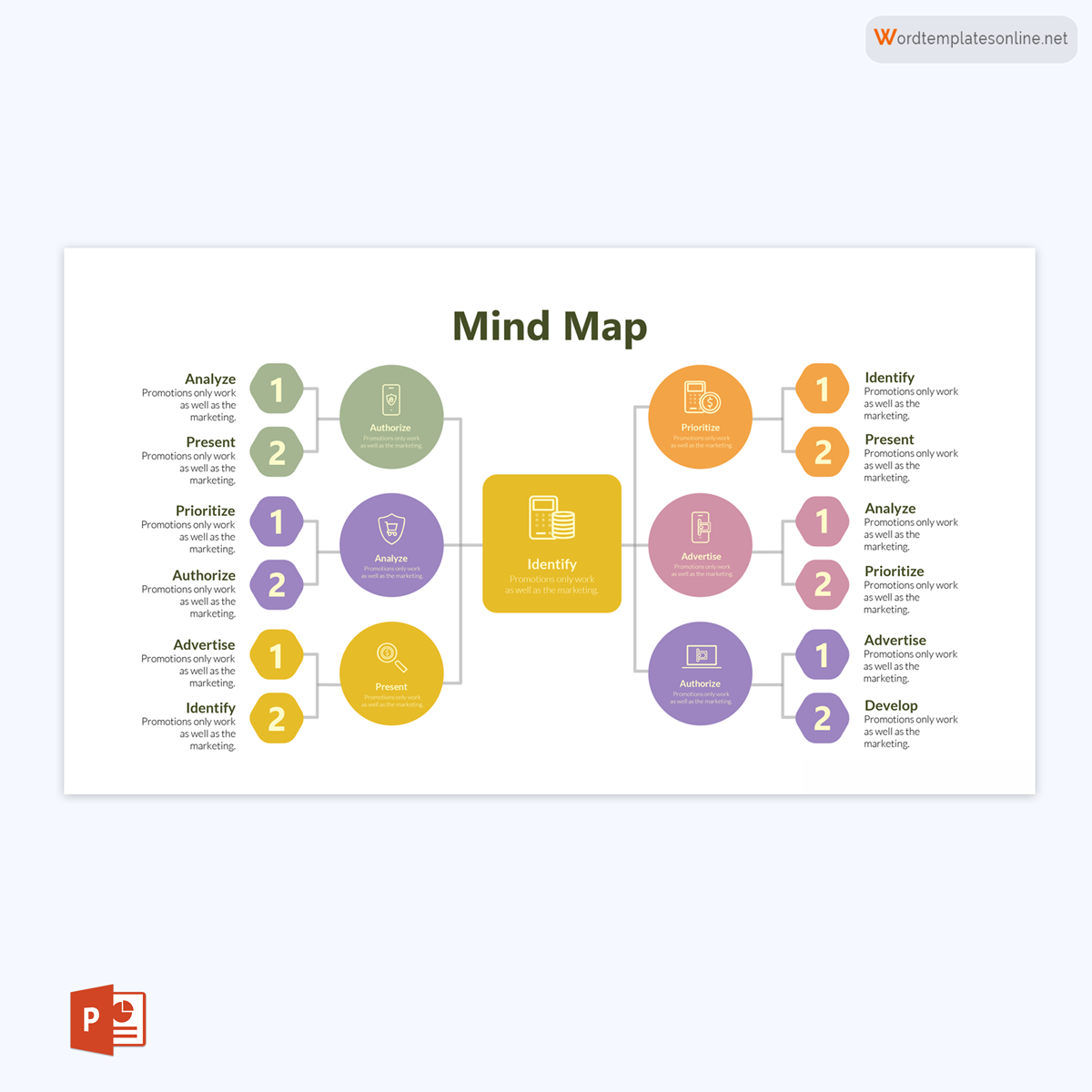

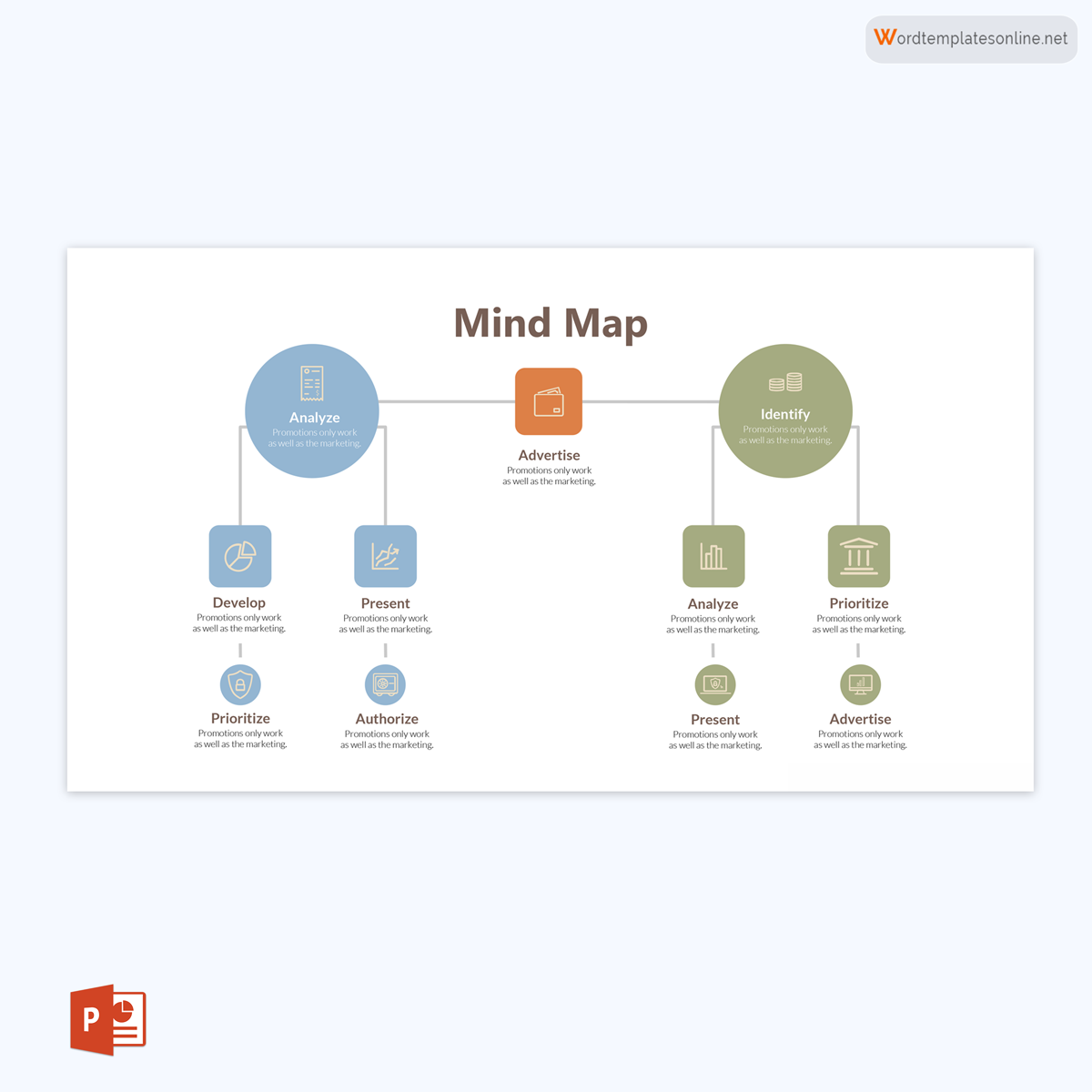
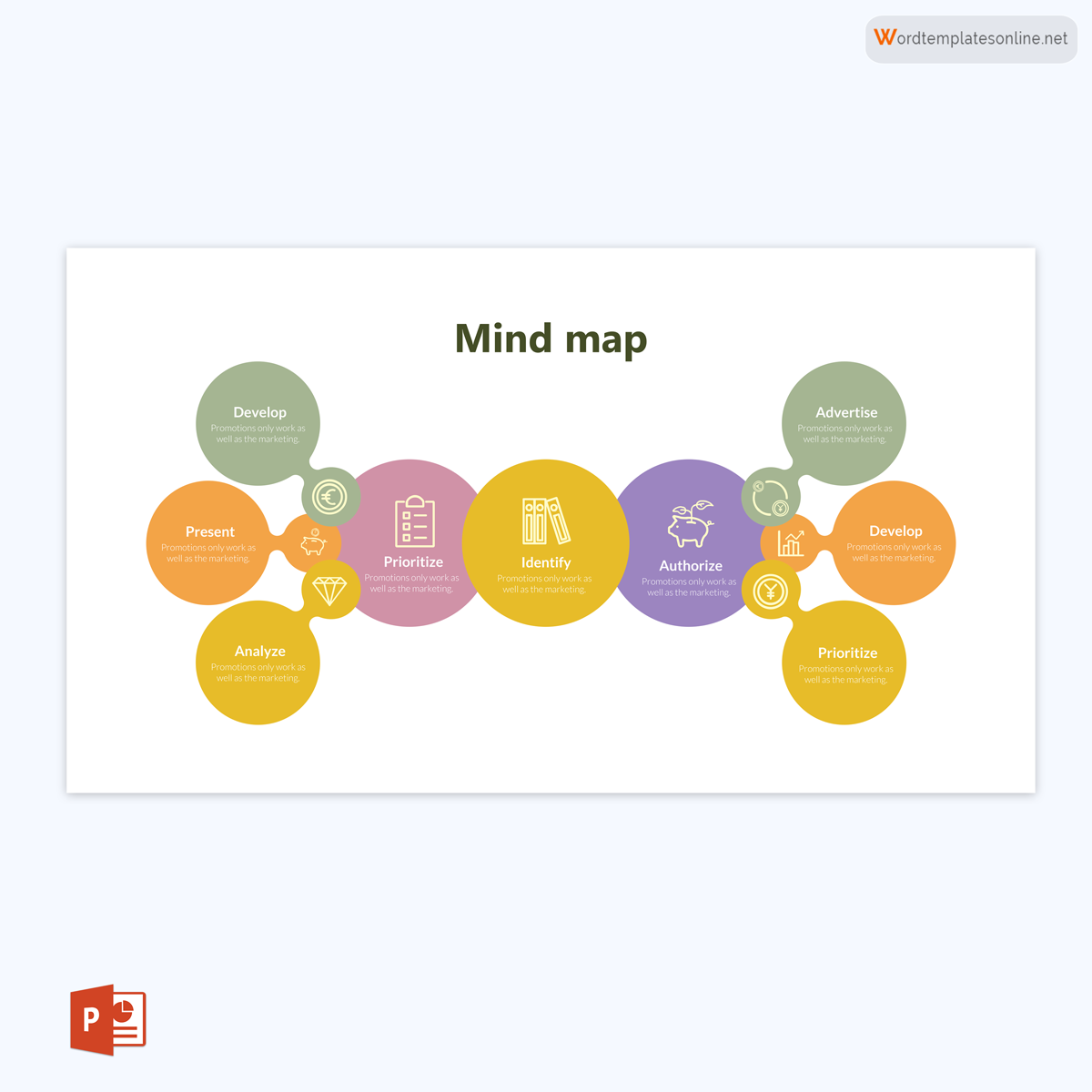

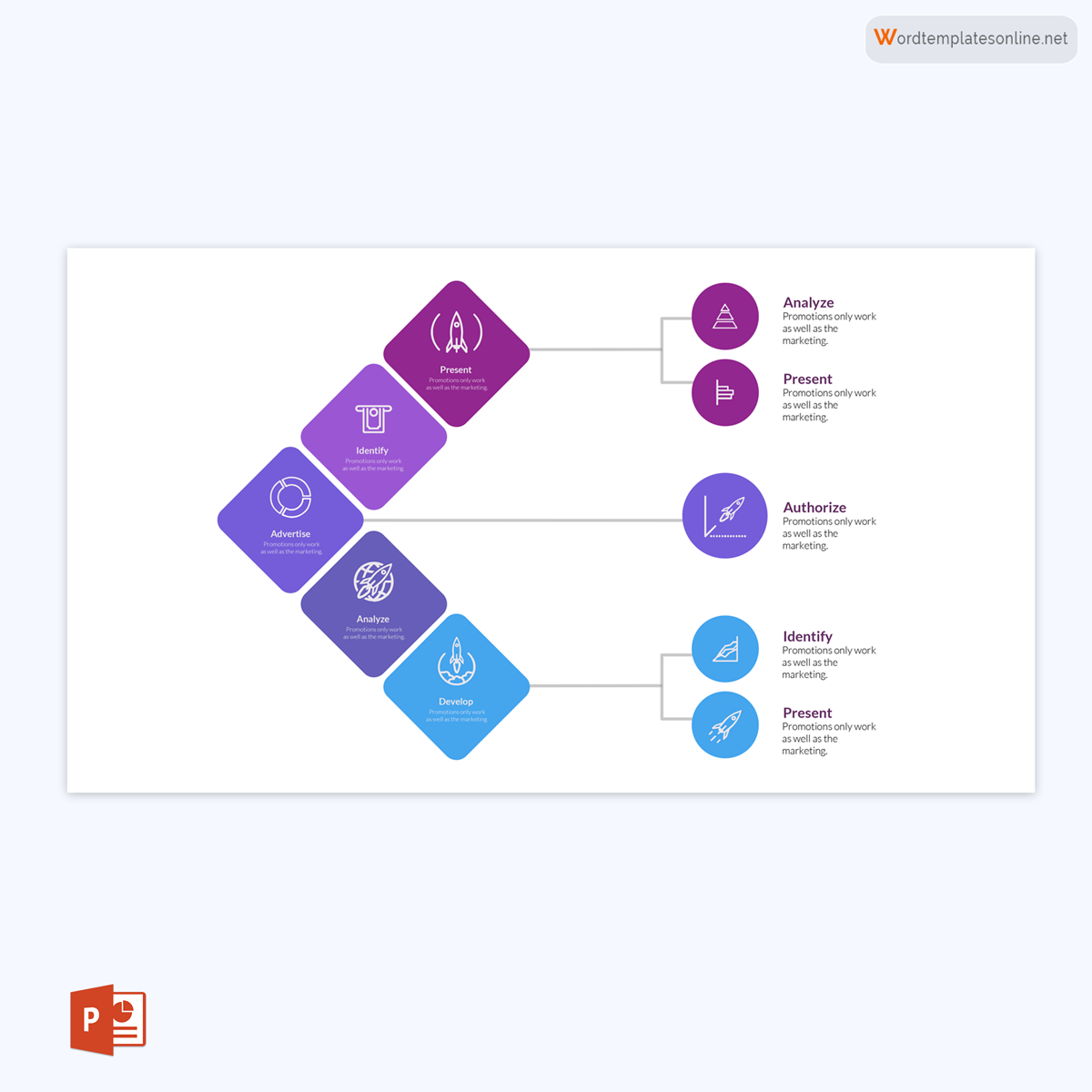
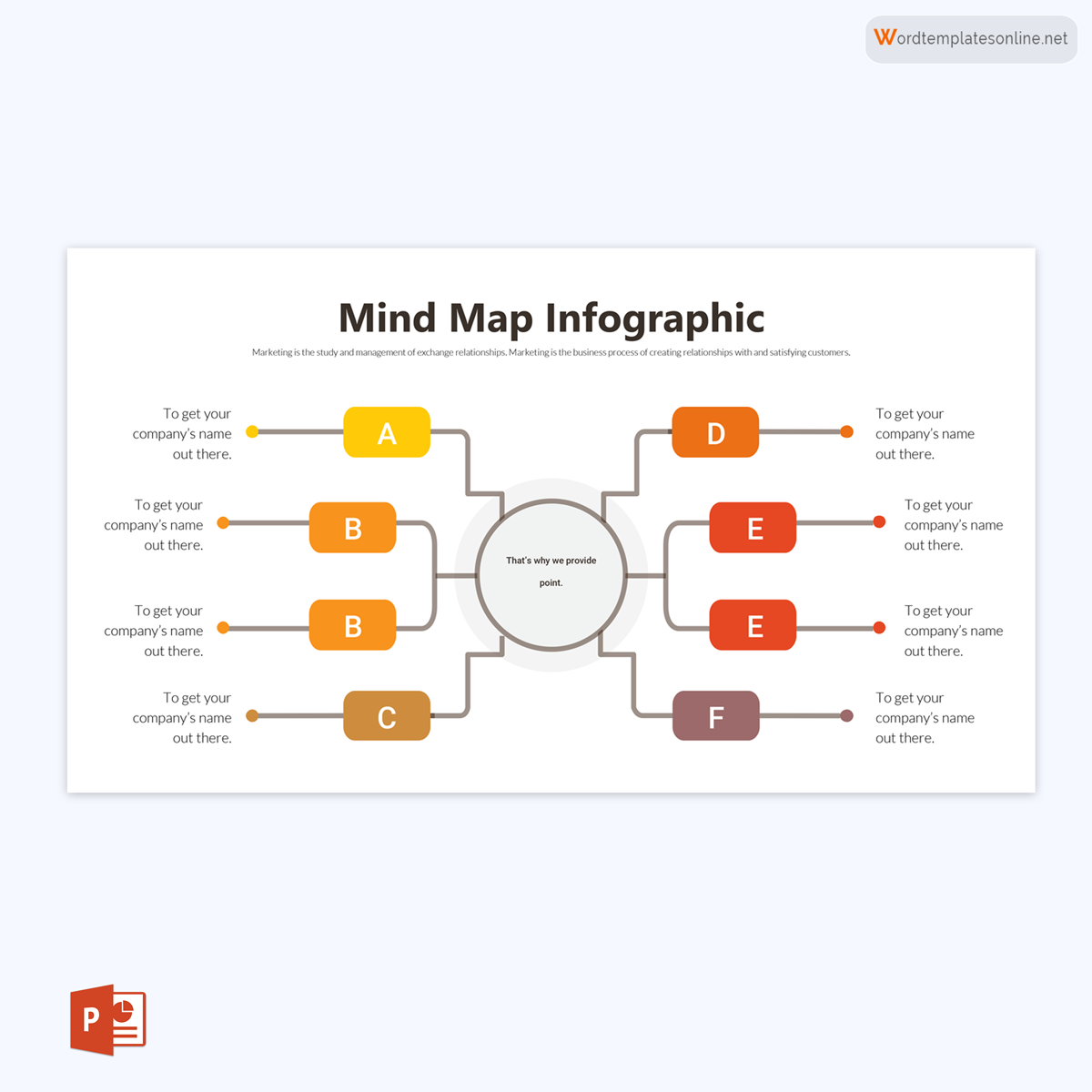
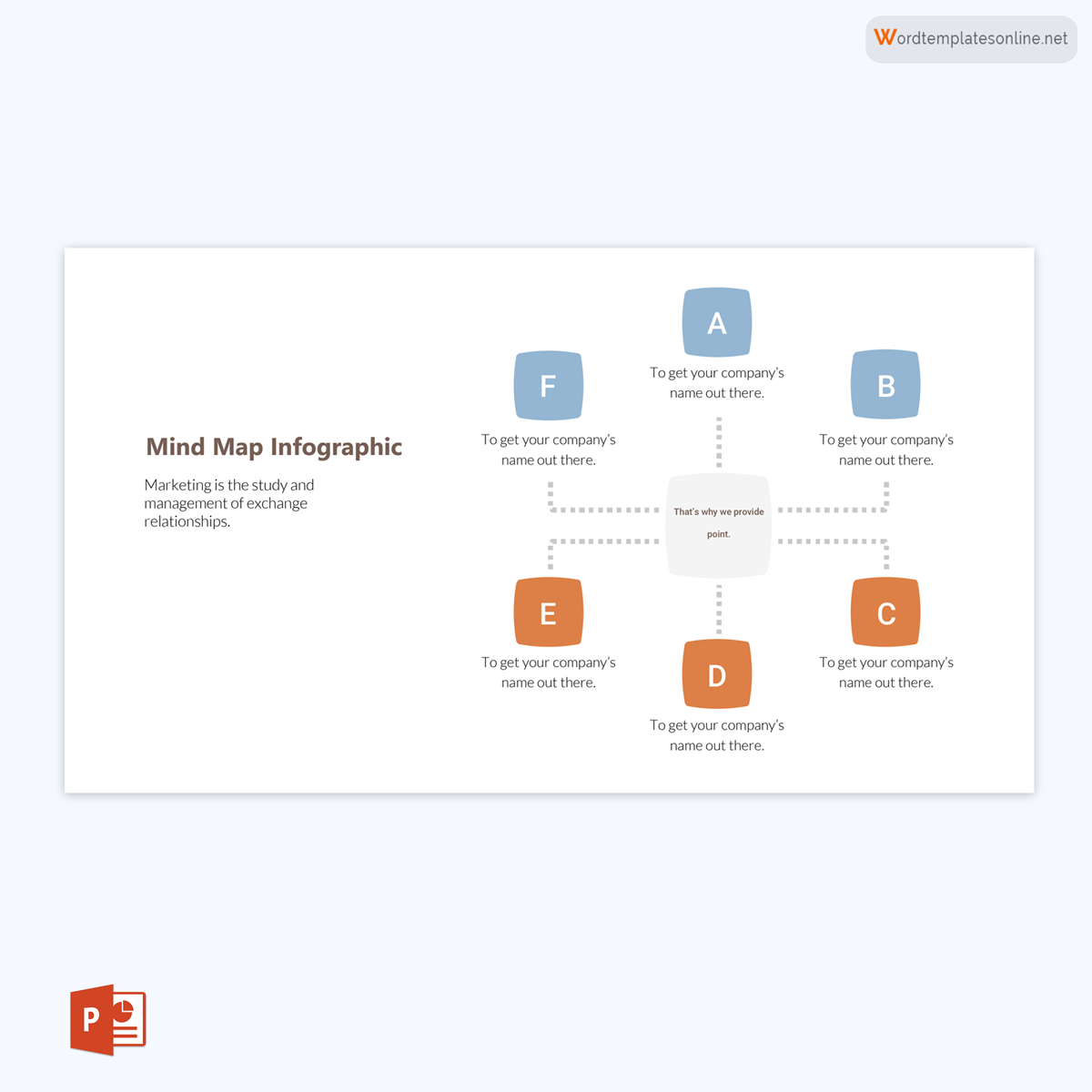
How to Make Your Mind Maps Effective
Proper editing and designing techniques can make the maps effective tools for exploring concepts, ideas, and topics in-depth.
Below are a few things and techniques to use to create an effective map:
Be as visual as you can
Capitalize on any visual aids that can help capture information. This includes using drawings, images, etc. Also, use color to capture attention,
EXAMPLE
When categorizing information, each branch can have a consistent color.
Be clear and concise
Always try as much as possible to maintain their simplistic nature. Use single words or as short as possible. Use uppercase letters as they are more legible in a pile of information that is not organized in any logical manner.
Vary the thickness and length
Vary the thickness and length of lines used to link concepts. Thickness and length can be used to signify importance and association, respectively. Bolder and shorter lines will show more importance and close association and vice versa.
Use radiant thinking
Be a radical thinker and note down concepts and ideas without critically analyzing them on paper. Write down any concept you can tie to the main topic, and they can be linked later in their appropriate level of association.
Utilize symbols and arrows
Avoid using words when adding anecdotes or side notes. Instead, use symbols such as arrows to show the direction of the train of thoughts and the order of association between several concepts and ideas. Also, symbols such as “X” and “/” can be used to signify “not” and “or” respectively.
Use keywords rather than phrases
Summarize concepts, ideas, and topics into keywords. Find the keywords that indicate the main subject of the idea or concepts. Keywords save on space, allowing you to include more information, and are easier to remember.
Draw quickly and uncritically
When creating a map, do it quickly and uncritically. Do not over analyze concepts but simply write what is on your mind. Remember, these represent the brain’s thought process which often does not involve in-depth analysis of information.

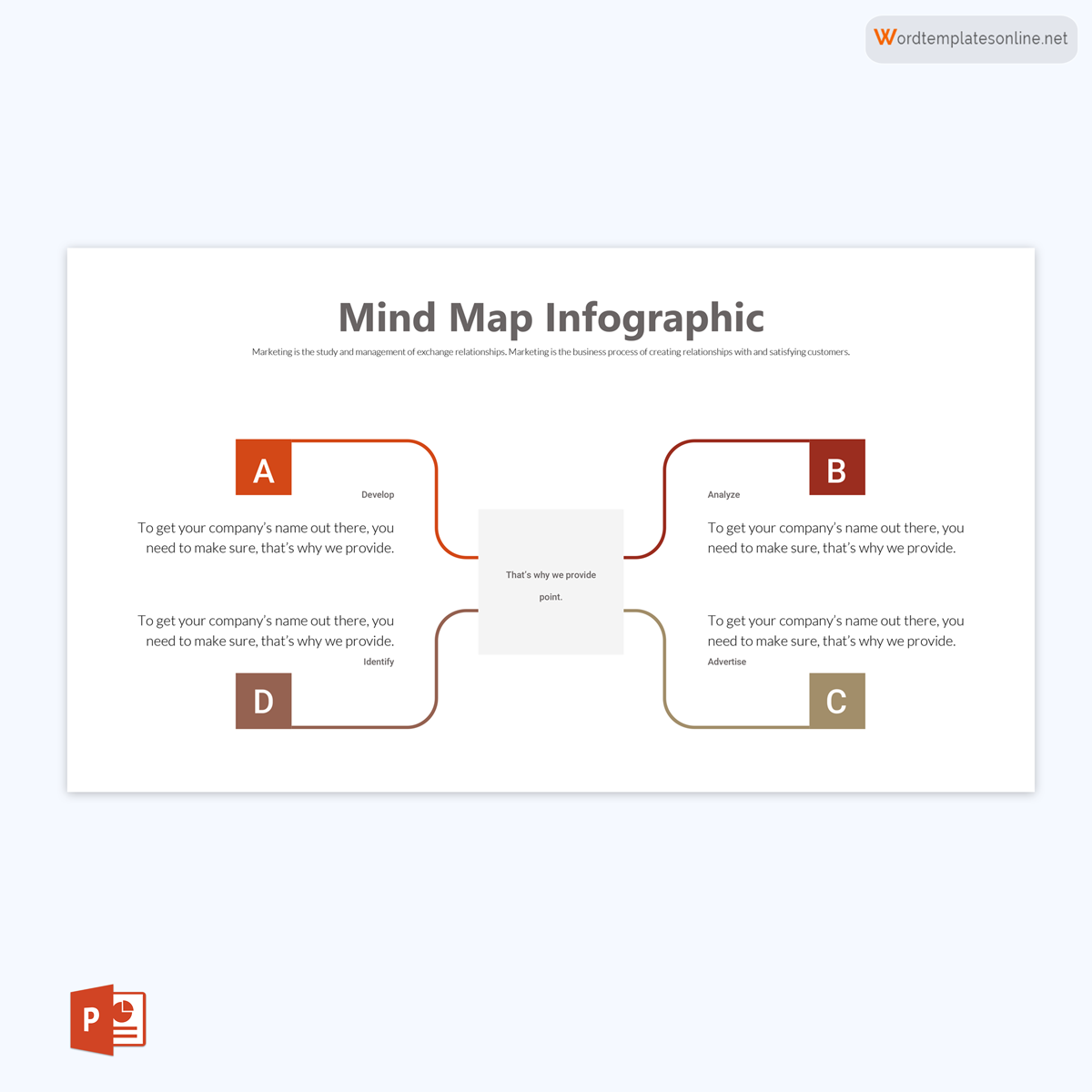
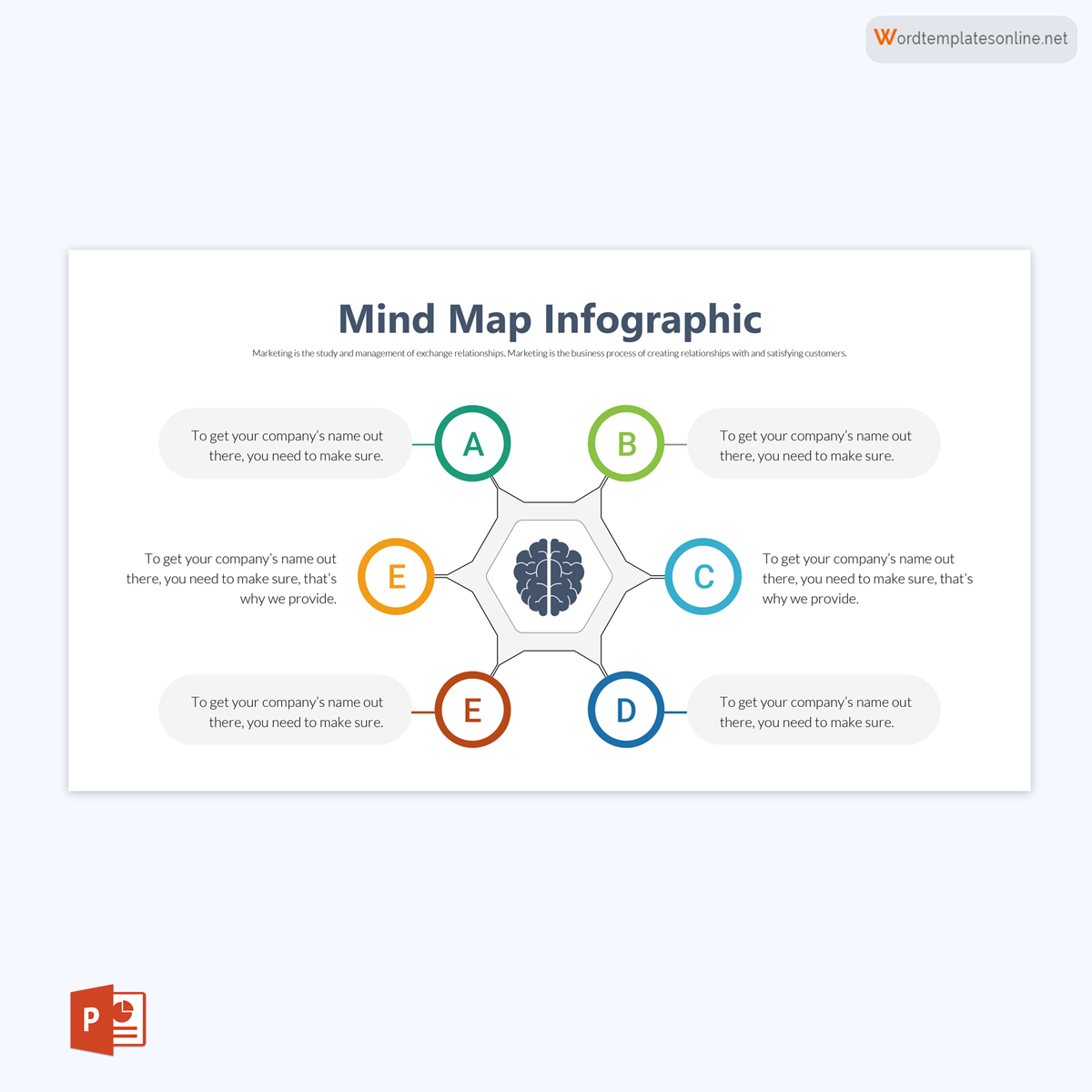

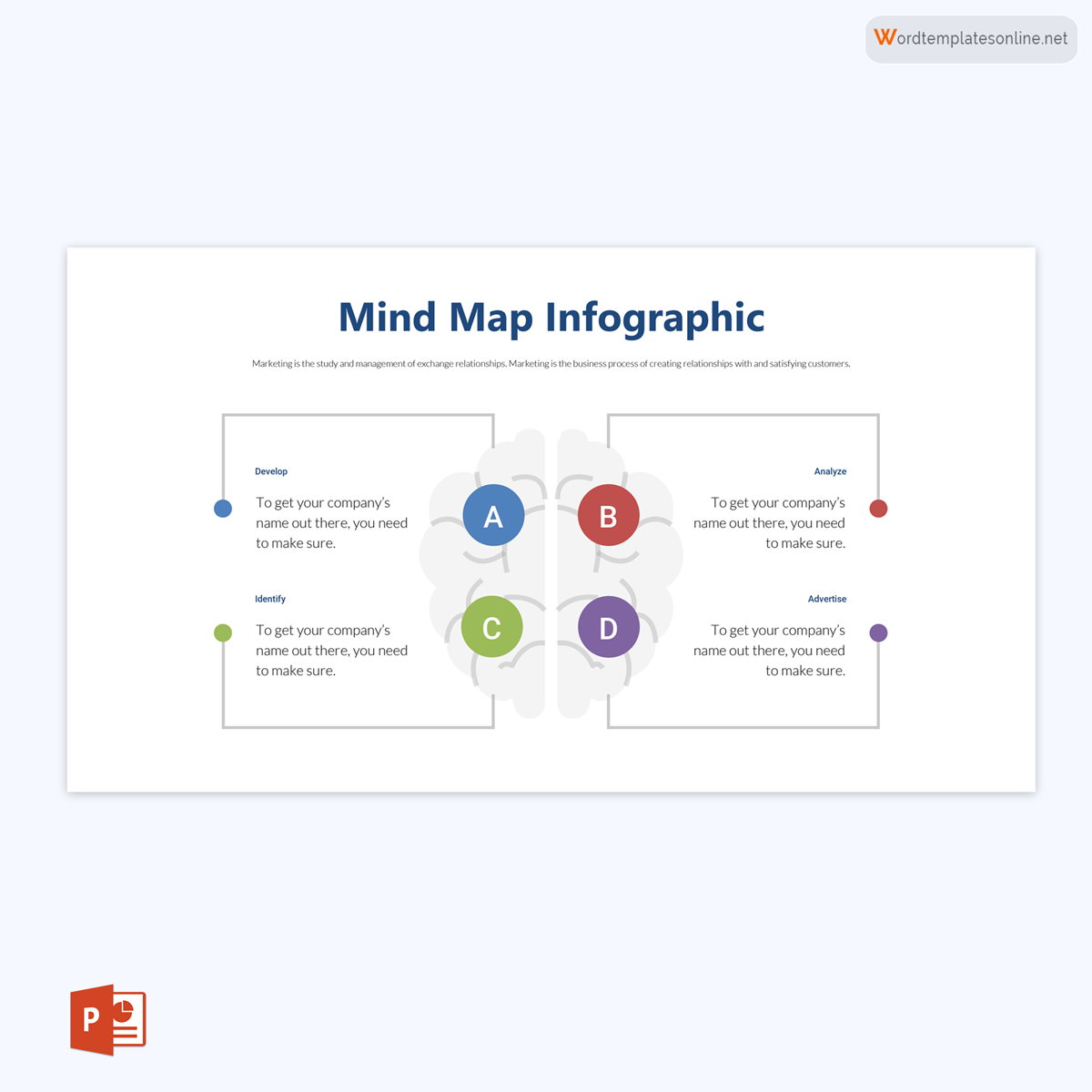

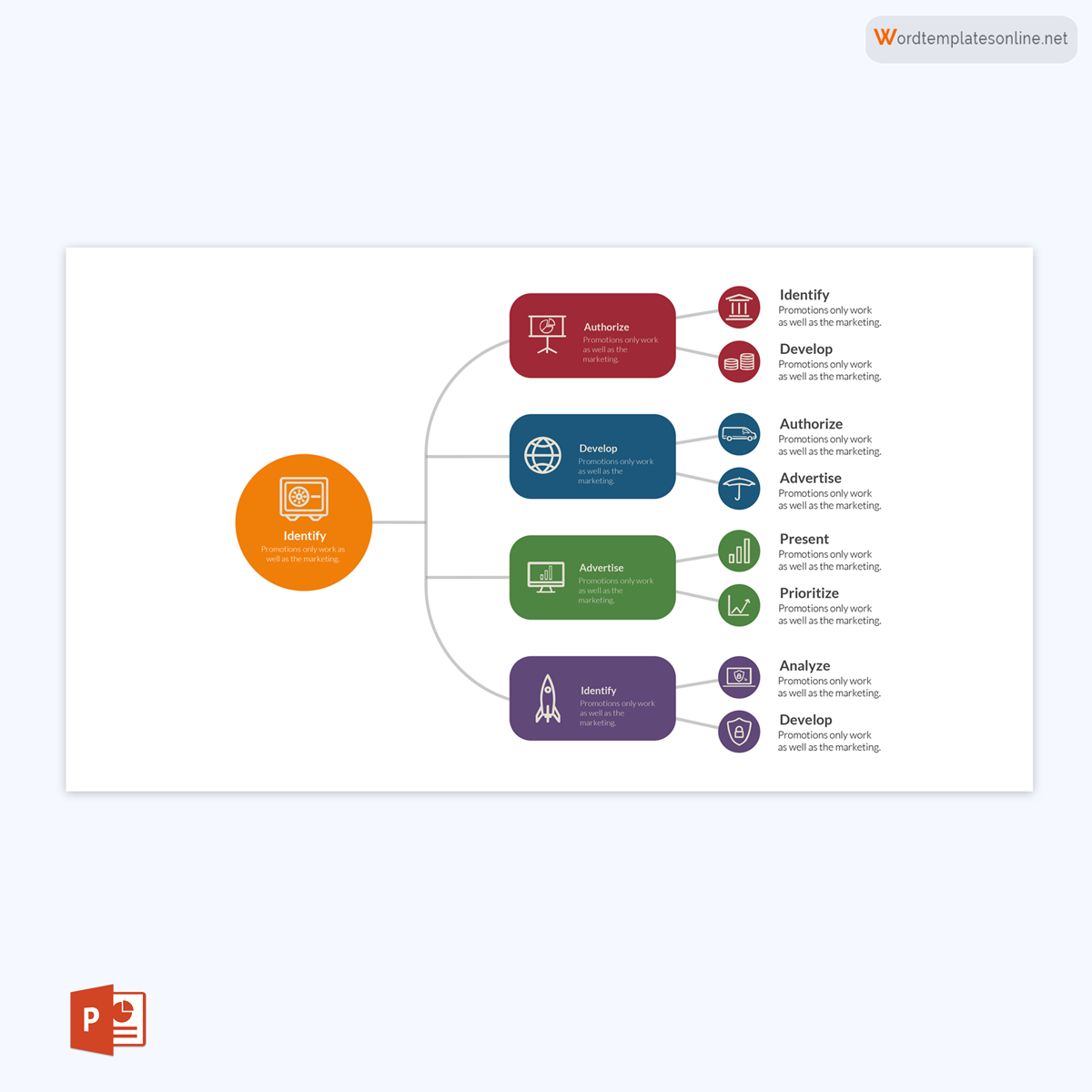
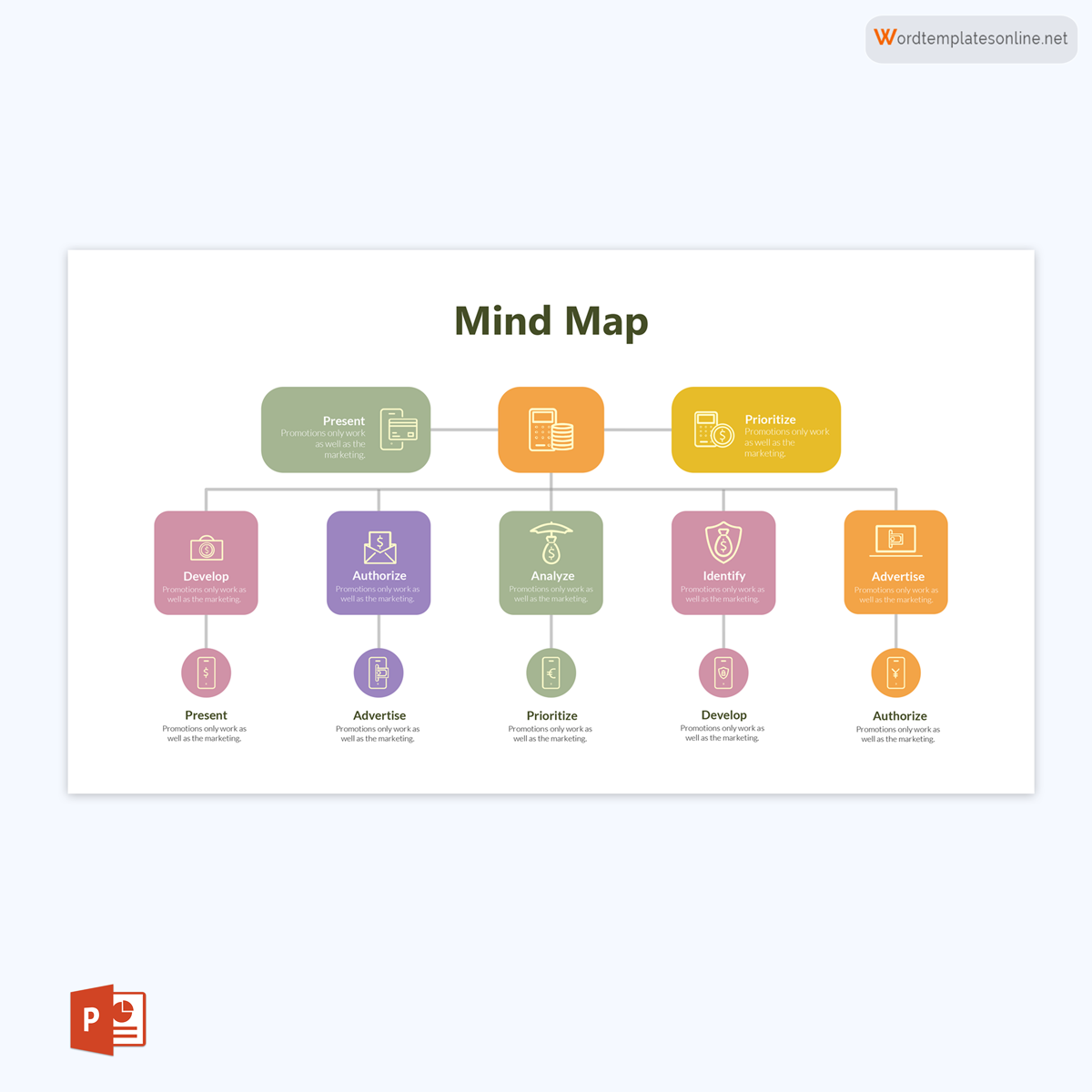


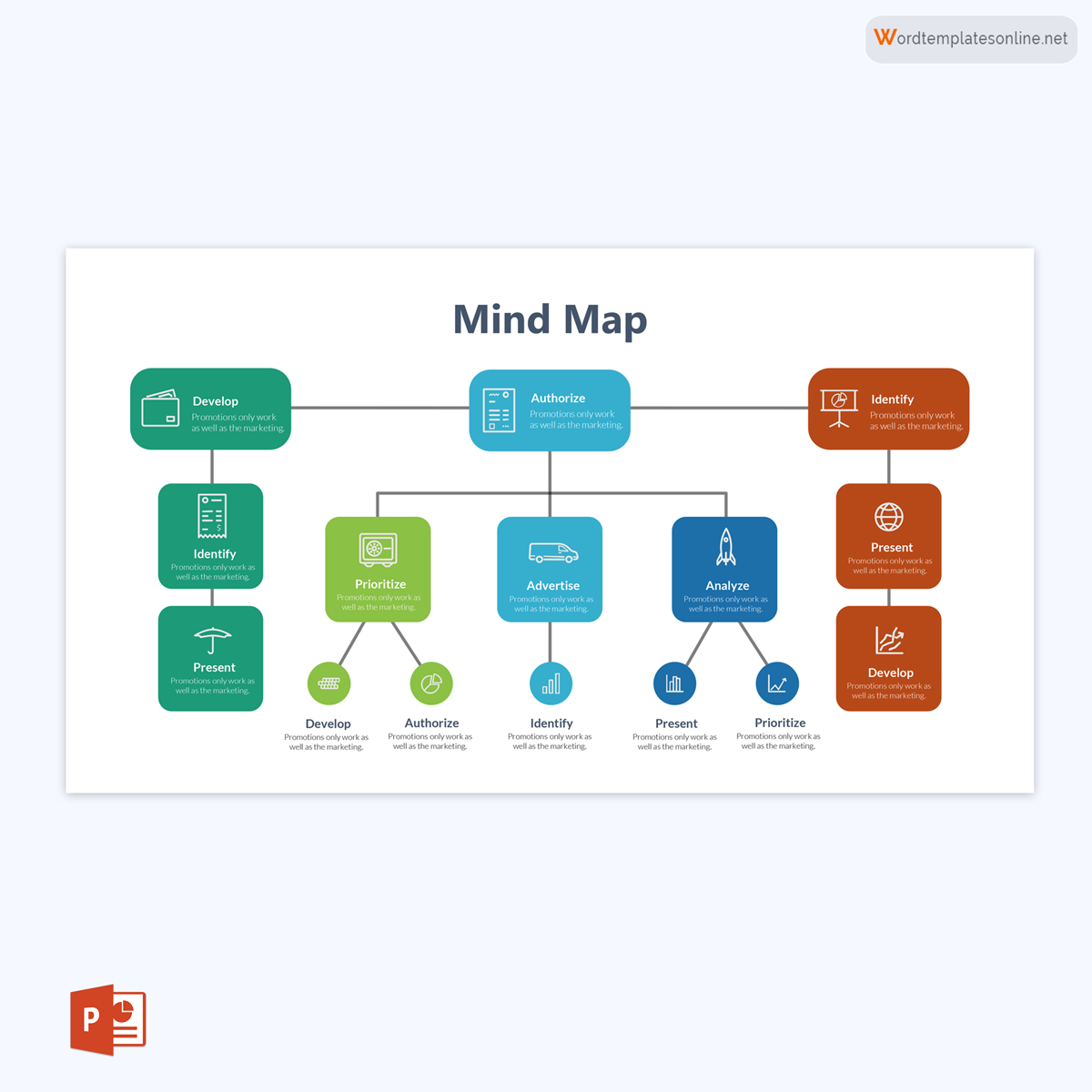

Benefits of Using it
Templates come with a wide range of benefits to users. The most common benefit of using map templates is that they are good studying and research tools that help with note-taking in a less rigid manner. Mind maps are also good information retention tools that can be very useful to people with dyslexia and autistic people in the education and professional world. Mapping is a good way of jogging an individual’s mind, which can be beneficial in improving their problem-solving skills and in the creative industry.
Maps are effective planning which can be used in the business world to develop strategies and manage projects. The use of maps is also beneficial because it helps users utilize both sides of the brain at once, which is a healthy practice. In addition, the templates take up little space while capturing a lot of information. This can be essential in remaining organized and can save time, especially for students who have to deal with many documents when revising. Lastly, it helps simplify complex concepts; this comes in handy when preparing presentations.
Final Thoughts
A template is useful planning, brainstorming, data presentation, and information-gathering tools used by different people to note down information linked to one central idea or concept. Consequently, each mind map will have a main idea, sub-ideas stemming from the main idea, and keywords used to represent the ideas in a concise manner.
Visual tools help people present complex information using simple images, shapes, symbols, and text. Templates are used in many professions such as web development, teaching, project management, and creative experts, but they can also be used by students and individuals in setting personal goals.




